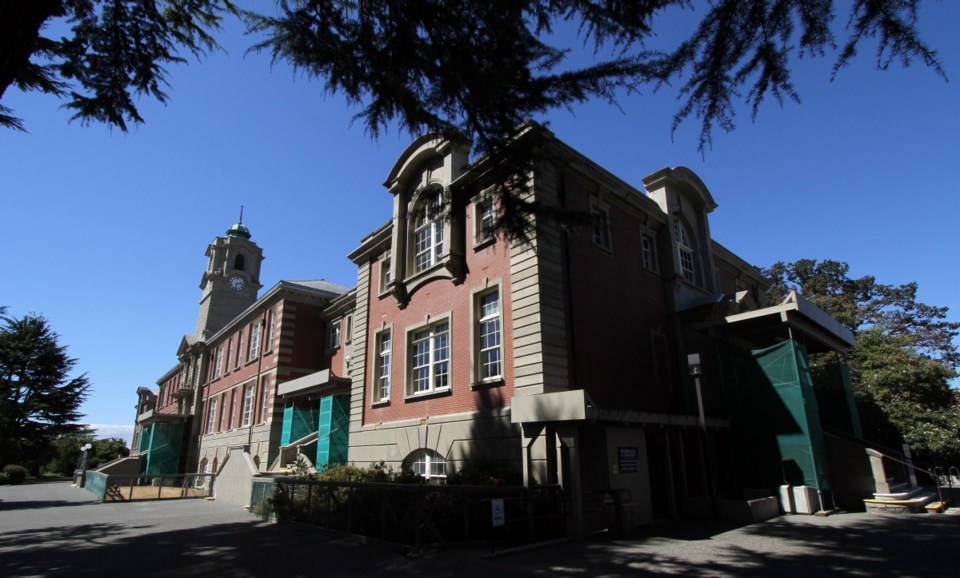Improving wheelchairs used to play rugby is one of the ongoing projects keeping Camosun College on the top rung of applied research across the country.
The college announced Thursday that it has maintained its standing as one of Canada’s top-50 research colleges, and even moved up four spots in the 2015 rankings to 33rd.
The rankings were released by Research Infosource, a consulting firm.
Other B.C. schools on the list are the British Columbia Institute of Technology (fifth), the Justice Institute (28th) and the College of New Caledonia (48th).
There are hundreds of colleges across the country, so the ranking is something to be proud of, said Tim Walzak of Camosun Innovates, the office that handles research funding.
He said funds coming to colleges go to applied research — which focuses on putting what is learned into practice — rather than the academic research associated with universities.
“Here at Camosun, we work very, very closely with industry partners on a daily basis to help them implement their ideas,” Walzak said. “Indeed, federal dollars don’t flow to a college unless there’s an industry partner involved.”
Camosun — with more than 18,000 students enrolled in more than 160 programs — has brought in $1.6 million in research funding this year, up 15.4 per cent from 2014.
Walzak said projects can cover a wide array of fields. One being done in co-operation with the Pacific Institute for Sport Excellence and Canada’s national men’s wheelchair-rugby team involves designing improvements to the athletes’ specialized wheelchairs.
“We built prototypes, we built custom inserts [to support the torso area] for each of the athletes,” he said. “A lot of it comes down to comfort, first and foremost, for the athlete, but also looking at that performance improvement.
“And we hope on a project like that that, once we’ve established the process to custom-design the wheelchair inserts for each athlete, we can also extend that into anyone in a wheelchair who wants to maintain an active lifestyle.”
Another project has Camosun working with a number of companies, among them VRX in Sidney, on an attraction that will be part of the Richmond Olympic Experience, set to open at the Richmond Olympic Oval — site of long-track speedskating at the 2010 Winter Olympics.
Camosun has been contracted to help develop three sports simulators, for bobsled, sit-ski and kayak, that are going be installed at the attraction, Walzak said.
“It’s design engineering, it’s fabrication, it’s advanced manufacturing. It involves a whole bunch of things, plus it fine-tunes our skill sets in project management.”
Walzak said money for applied research has grown steadily in recent years.
“The big catalyst has been federal funding,” he said. “On the order of eight to 10 years ago, the federal government recognized that there were still gaps in the ‘innovation economy,’ as they called it.
“While they continued to invest, and rightly so, in basic research at universities, they felt there was additional need to marshal the resources available at community colleges.”
Funds also come from the province and the private sector, Walzak said.
According to Research Infosource, Camosun’s increase in research funds has come at a time that B.C. colleges’ combined research income declined by 42.8 per cent.
“However, on the plus side, B.C. institutions expanded the number of formal research partnerships by 11.7 per cent and number of formal projects completed by 4.1 per cent,” Research Infosource chief executive Ron Freedman said in a statement.
The number of researchers also grew by 8.2 per cent, he said.



